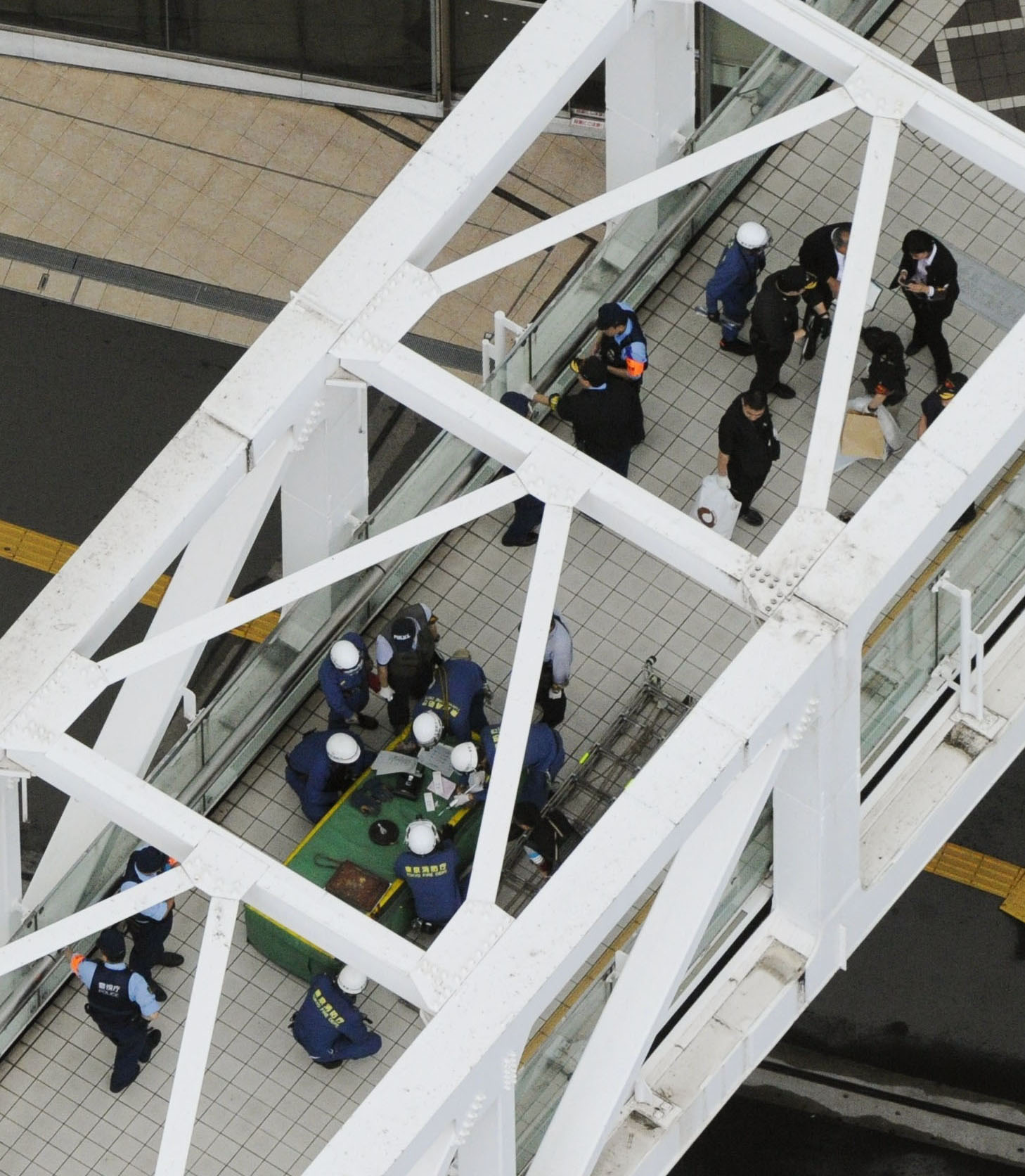Until the Great East Japan Earthquake, social media didn't have much purchase on Japanese social life. But disasters are transformative, and in a country where the mass media is cautious about its role vis-a-vis the authorities, social media came into its own after the tsunami and meltdown.
People wanted to know what was going on, and newspapers and TV weren't supplying them with information as quickly and candidly as they wanted.
When a besuited middle-aged man set himself ablaze on a pedestrian overpass outside Shinjuku Station's South Exit on June 29, there were no reporters or camera crews on hand, but there were thousands of witnesses, many of whom had mobile devices with image-capture capability that could be instantly linked to the Internet. By the time the national newspapers reported the incident on their websites several hours later, most people had already seen raw videos of the incident online that took in every conceivable angle. The newspapers' sketchy Web reports and the cautious TV bulletins seemed inconsequential in contrast.



